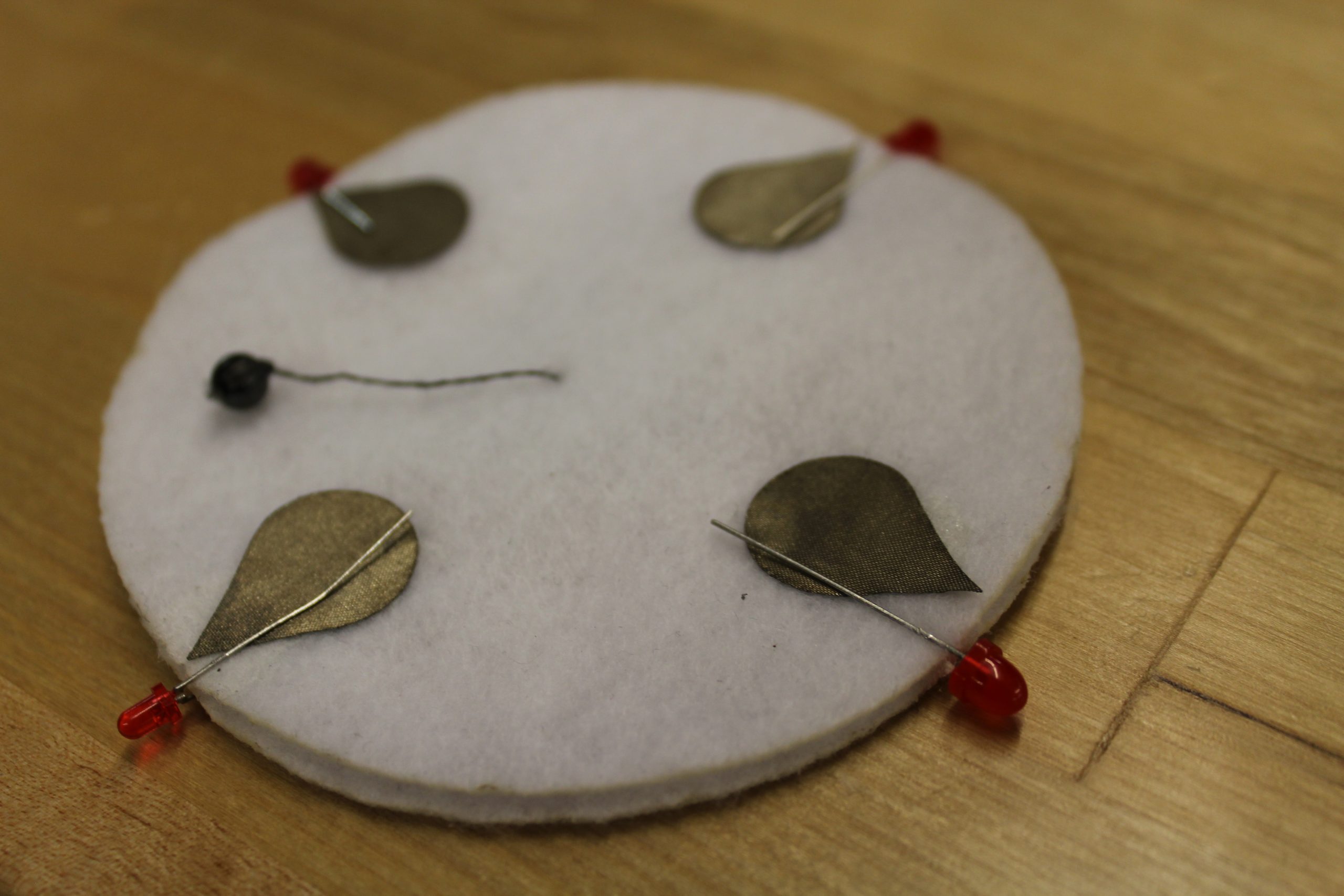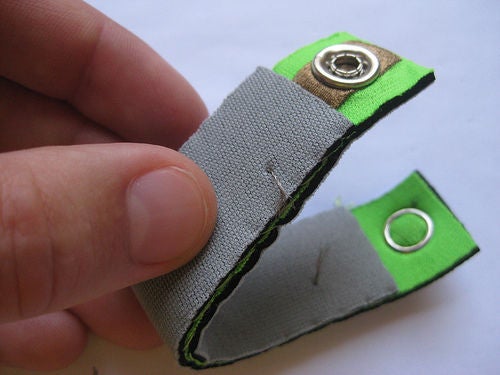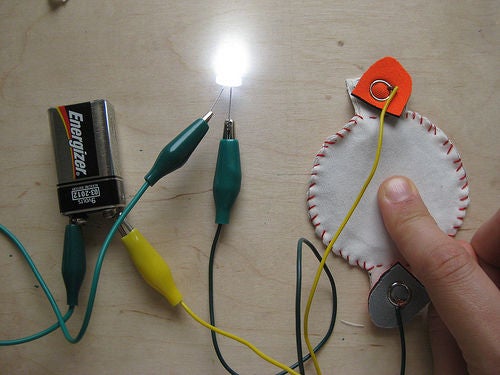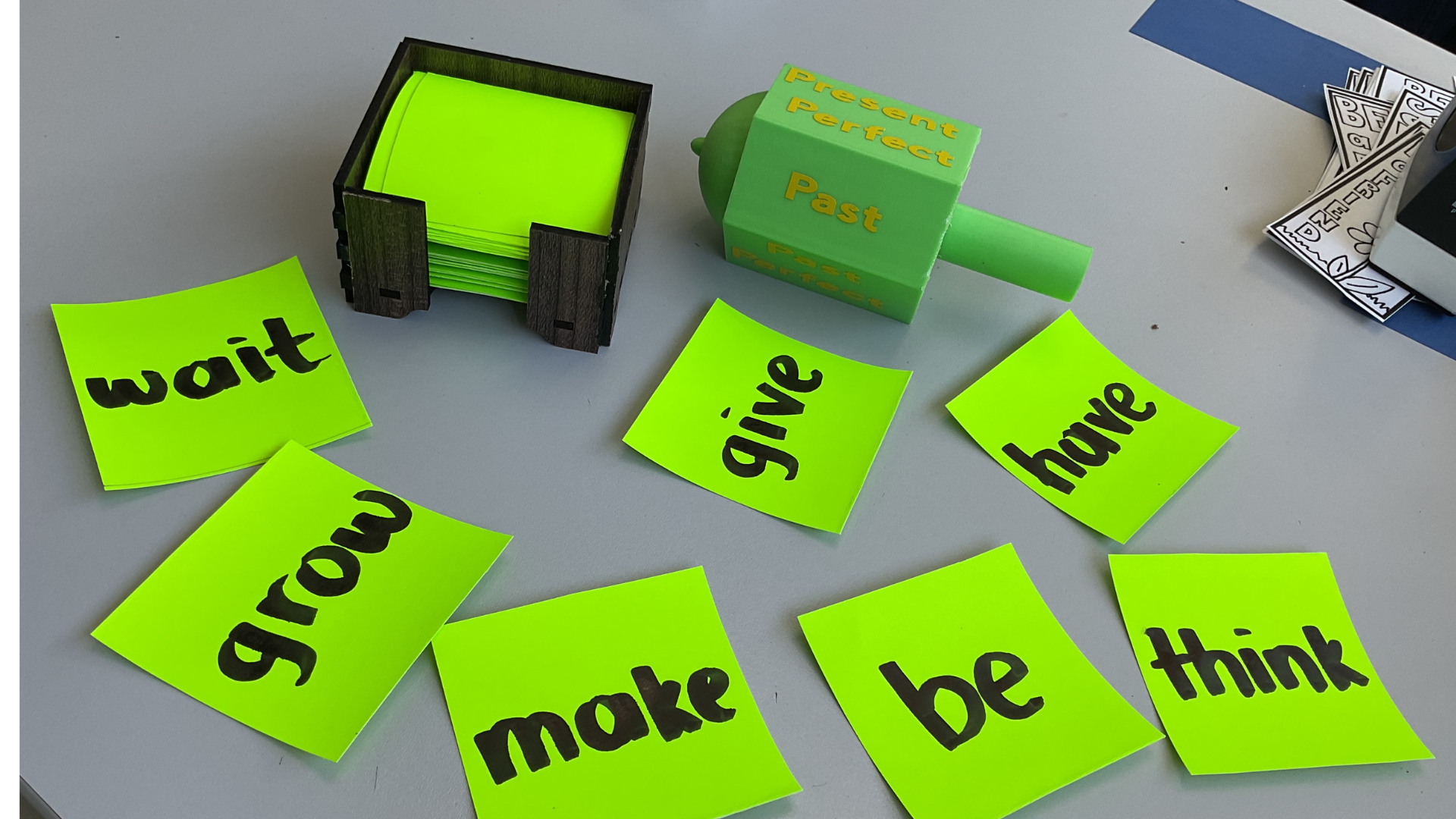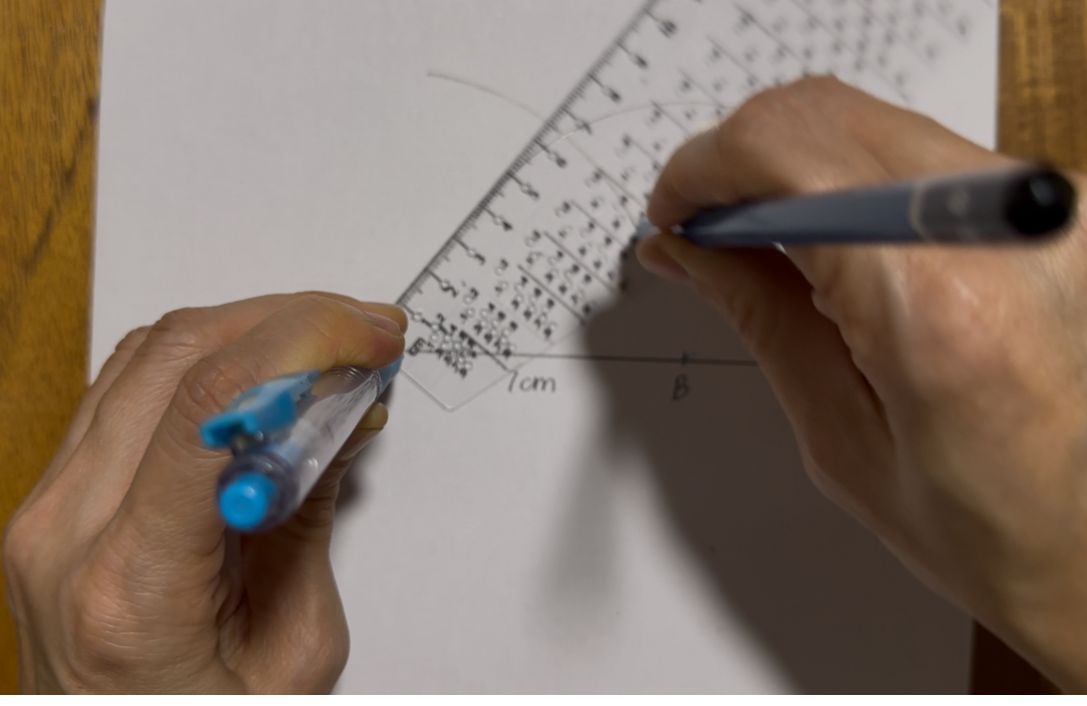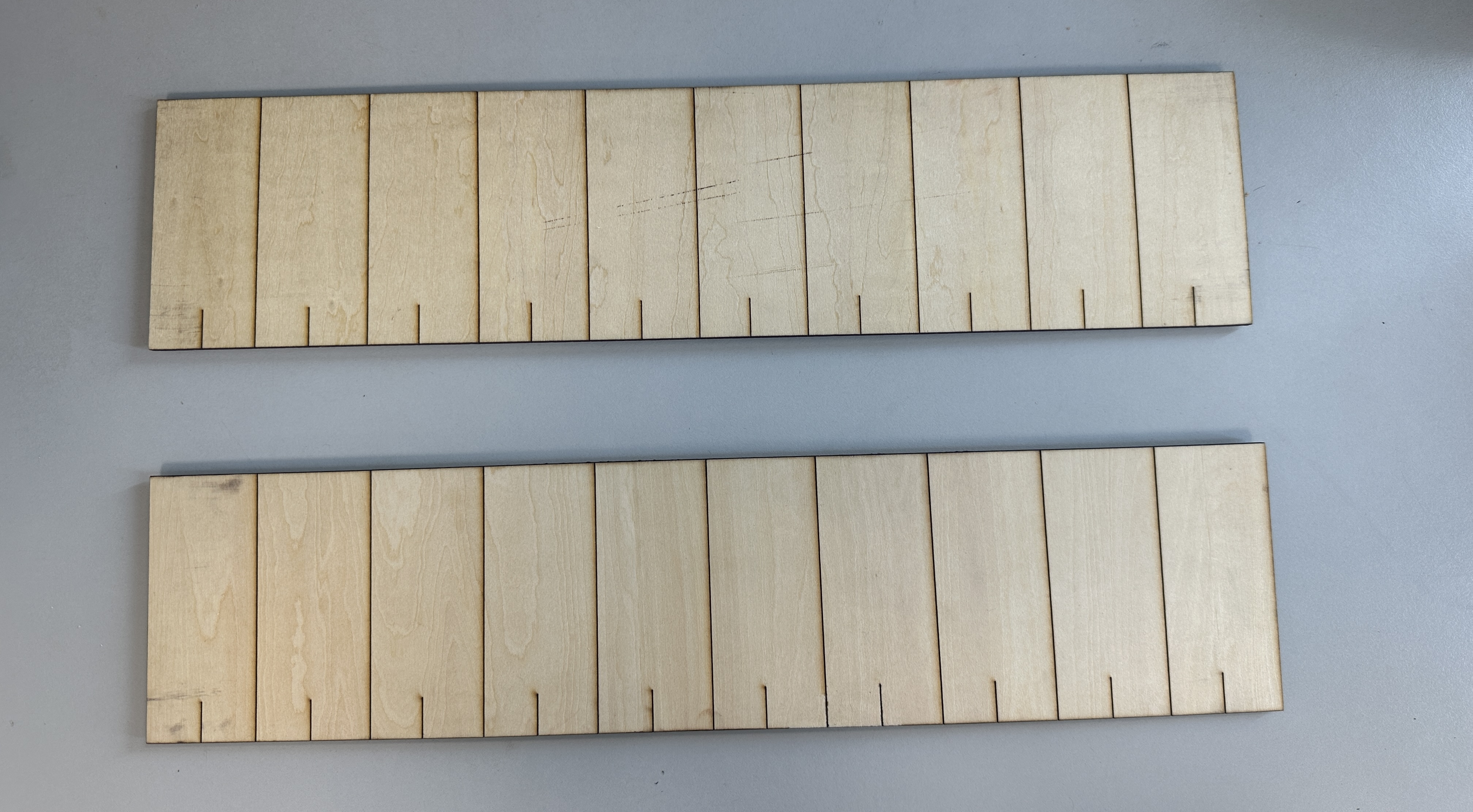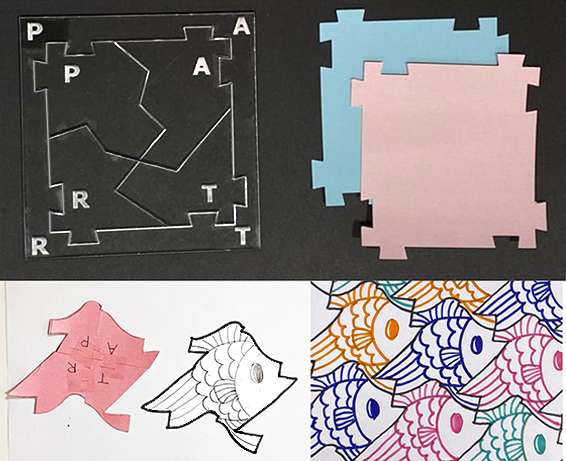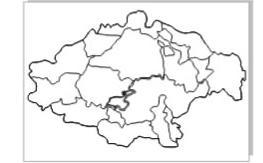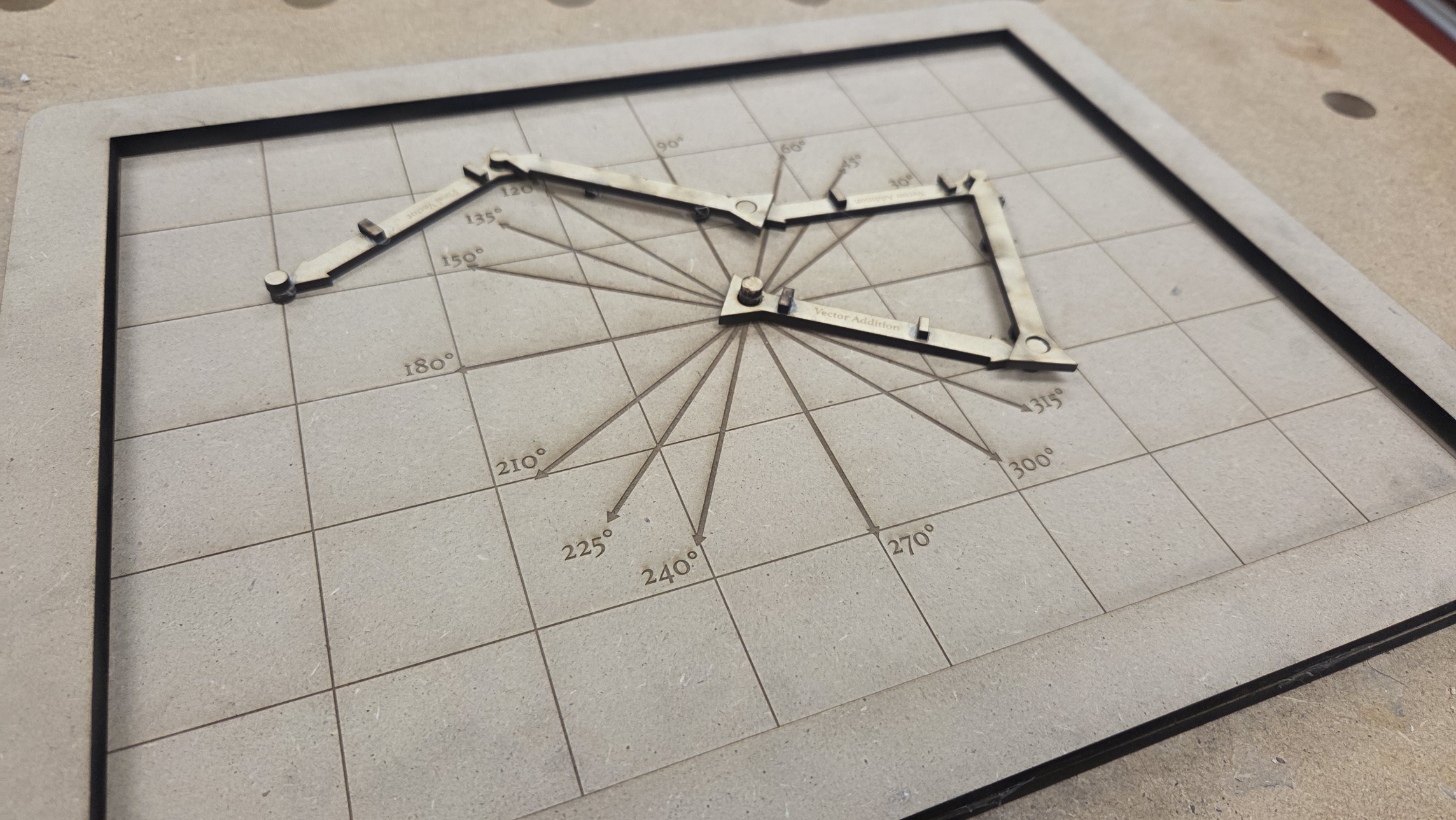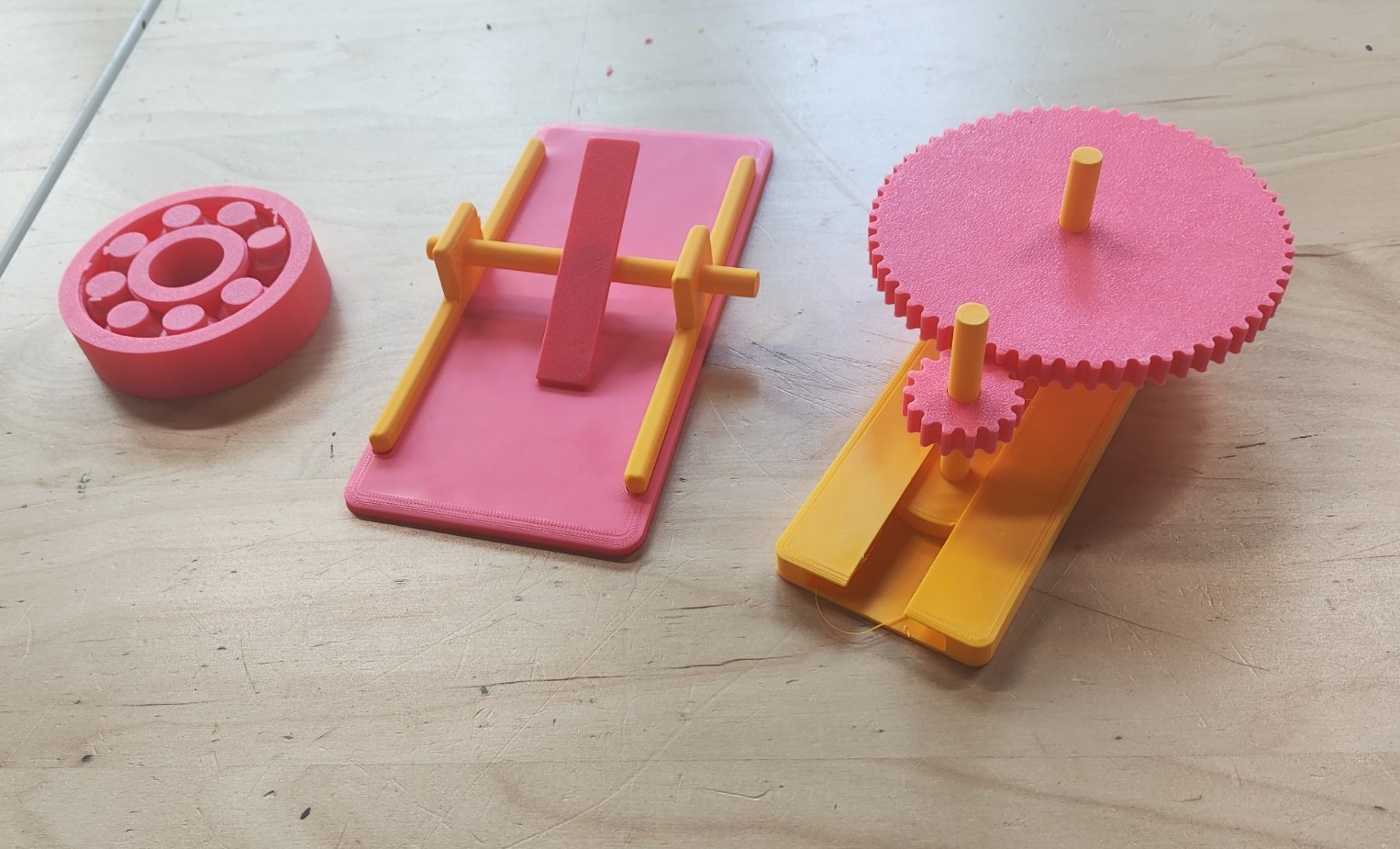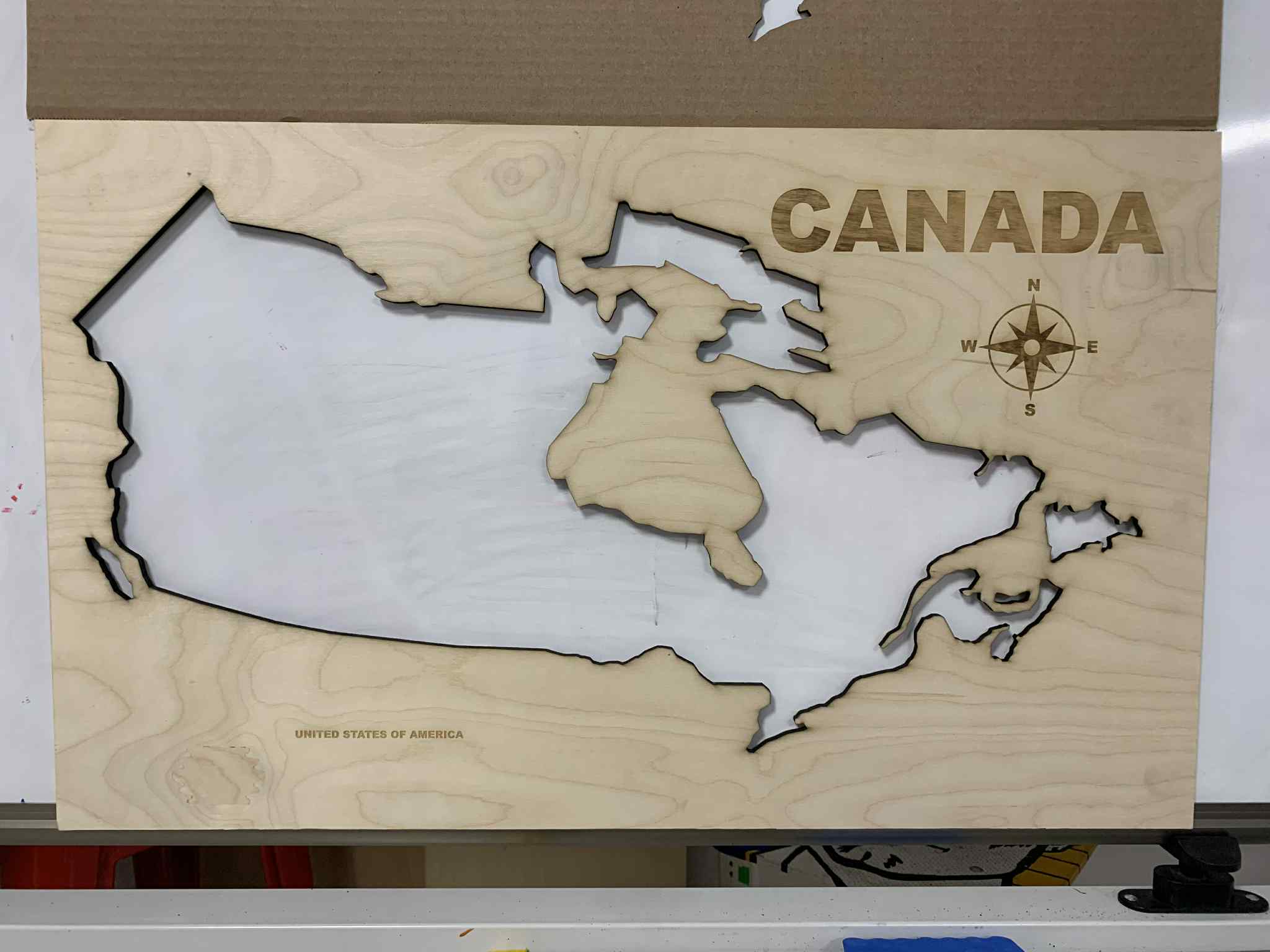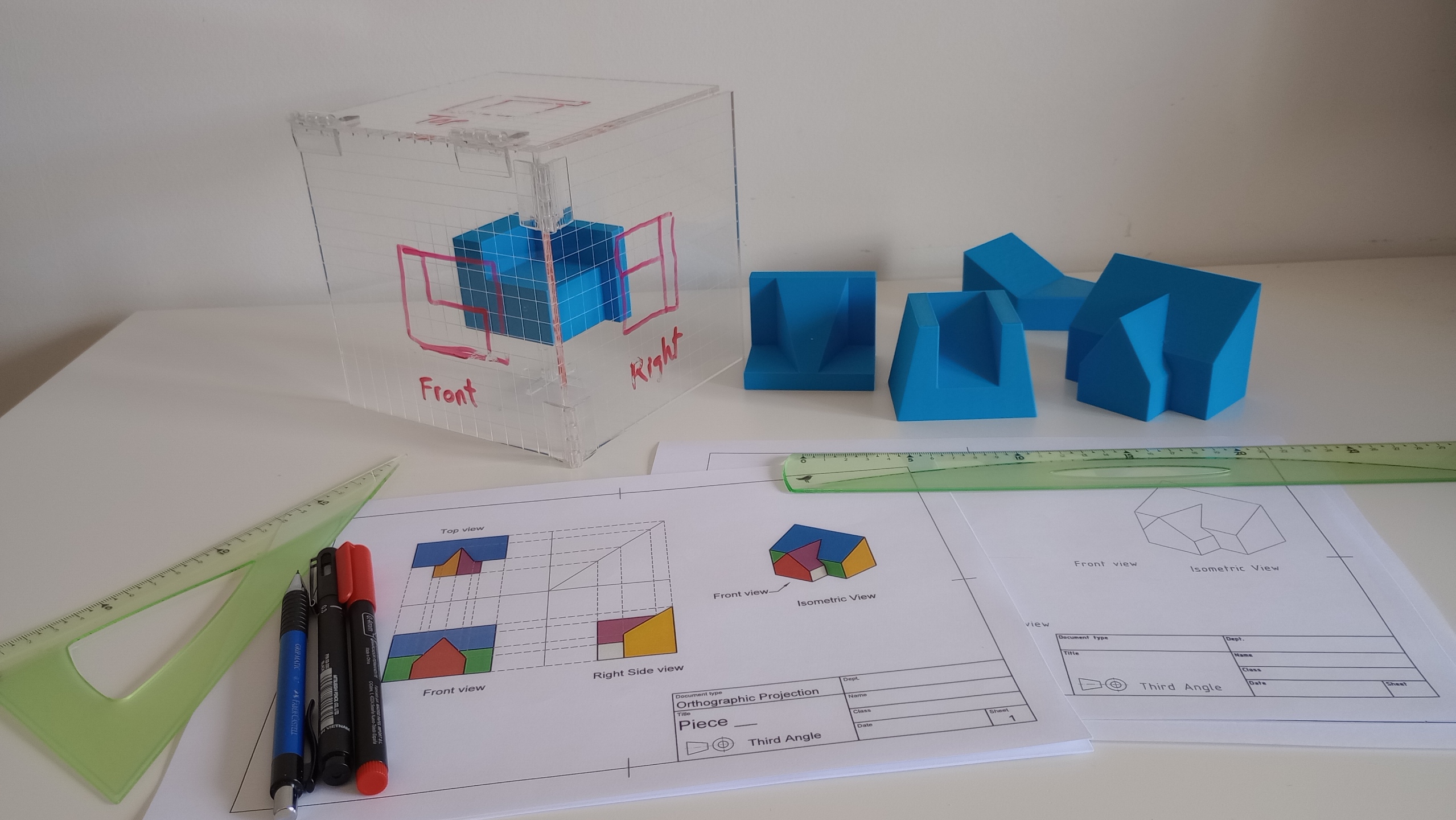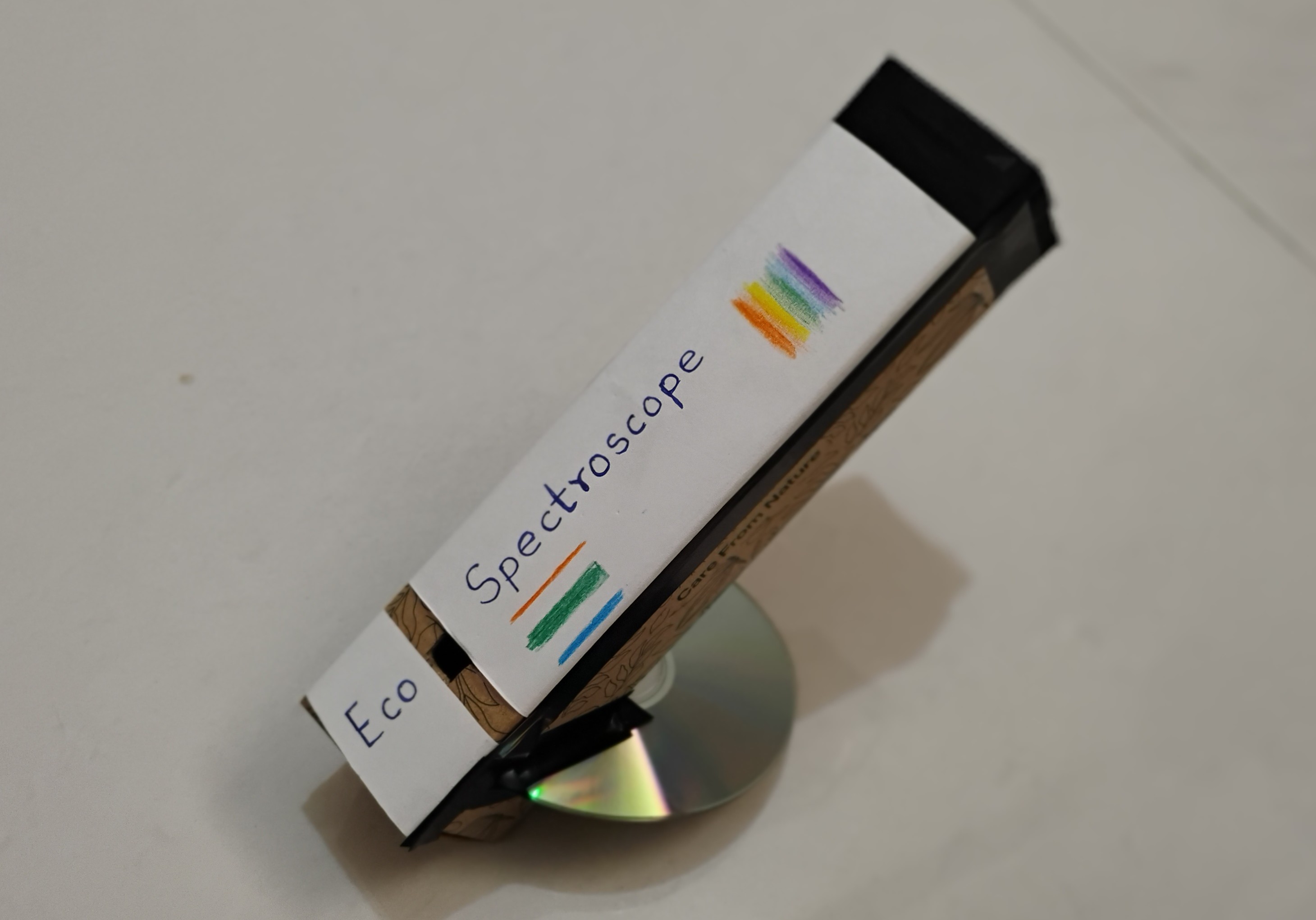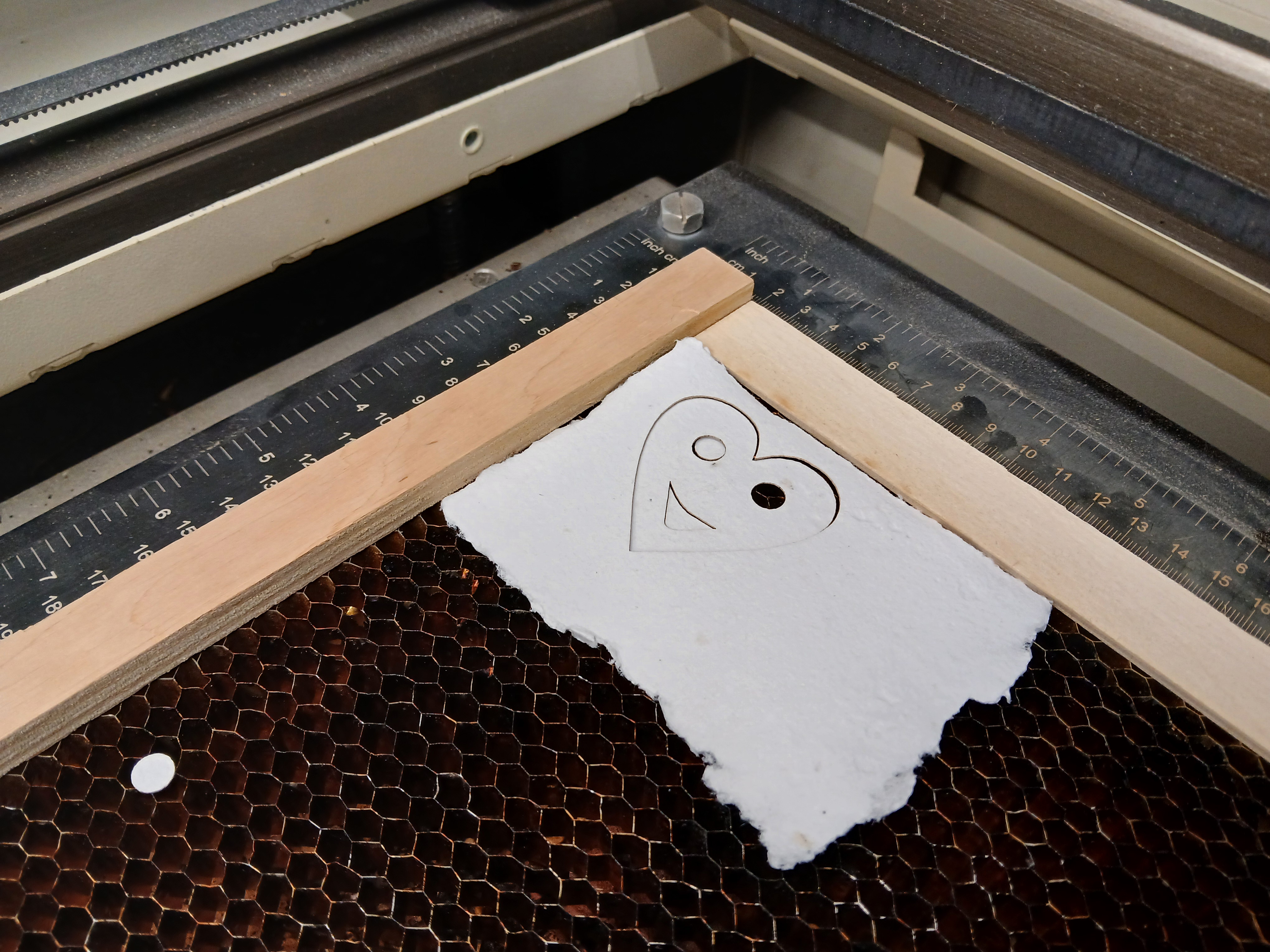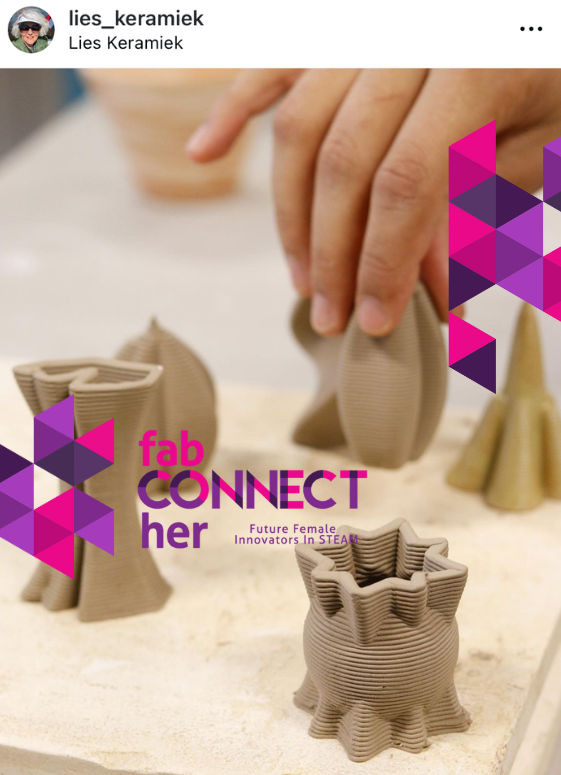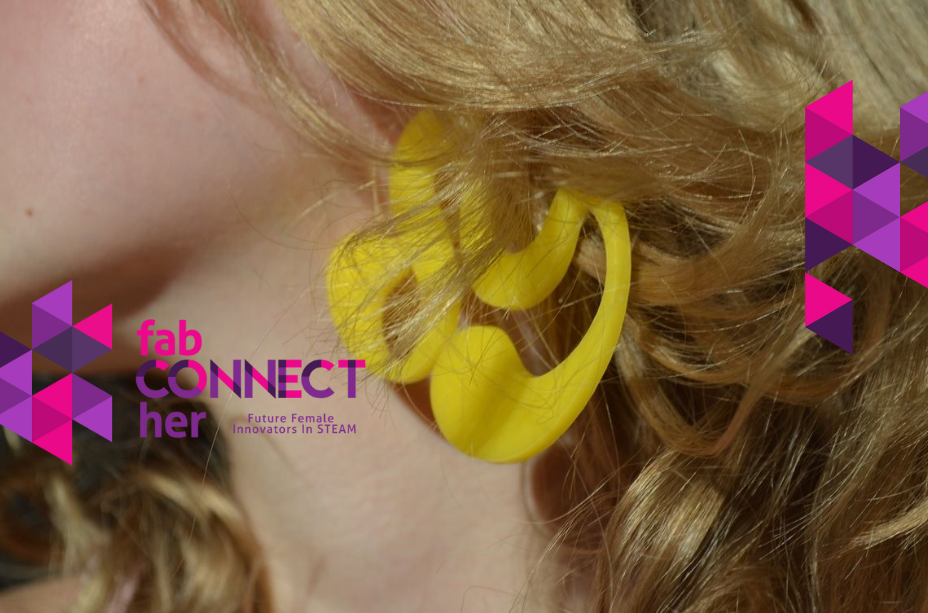The Fabricademy Lesson Collection is about creating a bridge between fabrics and electronics. Consisting of various types of projects, these lessons can be used to create an understanding of basic e-textile concepts. At the same time this collection will be a gateway into becoming familiar with terms and techniques used in advanced e-textiles to peak your interest.
FABRIC SENSOR: TILT SENSOR
In this lesson we will create a fabric pressure sensor. A pressure sensor is a circuit that can display our orientation by visual representation. Using a metal bead and “hot…
FABRIC SENSOR: BEND SENSOR
WHAT IS A BEND SENSOR In this lesson we will create a fabric bend sensor. A bend sensor is a circuit created when a piece of resistive fabric is sandwiched between…
FABRIC SENSOR: PRESSURE SENSOR
WHAT IS A PRESSURE SENSOR In this lesson we will create a fabric pressure sensor. A pressure sensor is a circuit created when a piece of resistive fabric is sandwiched between…
About Oyedotun (Oye)
I like to consider myself as a product designer. I studied mechanical engineering and applied the principles of engineering into the things I like. Currently I teach in the 3D Experience Lab’s Fabricademy node working in digital fabrication, textiles, fabric science, and electronics.
About Fabricademy
Fabricademy is a transdisciplinary course offered by the Fab Foundation that focuses on the development of new technologies applied in the textile industry, in its broad range of applications, from the fashion industry to the upcoming wearable market. The two phase program will last 6 months, with approximately 3 months of seminars and learning modules and three months focusing on individual in depth applied project research. Fabricademy offers a decentralized rather than isolated educational model: students learn in local workgroups, with peers, mentors, and machines, which are then connected globally by content sharing and video for interactive classes. The individual labs are supported and supervised regionally by supernode sites with more advanced capabilities, expertise, and inventories.
Verb Tenses
This lesson has been designed for students to work in learning centers. Four centers where kids are going to improve writing skills through different activities and work independent with the…
November 9, 2025Kinetic Stories: Bringing Art to Life with Simple Machines
This lesson invites students to merge creativity, storytelling, and engineering through the design of a moving automata. Students explore how art and motion can work together to express ideas, emotions,…
November 7, 2025RulCompass = Ruler + Compass
This is a prototype of a mathematical tool designed using Digital Fabrication for Students. When teaching Geometrical Construction to 13-year-olds, students typically need to purchase a compass, which can…
November 5, 2025Decimals (Rounding off)
In this lesson, students explore rounding off decimals using number lines. In the past, number lines was drawn on the whiteboard to help students visualise rounding positions. To enhance…
November 3, 2025The Art of Tessellations
In this art lesson, students are introduced to the concept of tessellations through the works of M.C. Escher. They learn how repeating shapes can fit together without gaps or overlaps,…
November 3, 2025Armenian History: Easy with FabLab
During the lesson, students consolidate their previously acquired knowledge. For this purpose, a puzzle map is used, marking the regions of Great Hayq, an ancient Armenian province. This activity emphasizes…
November 2, 2025Vector Addition with Laser Cutting
[PRE-CLASS] Cut pieces with laser cutter; vectors should be cut from 3.15mm Trotec MDF, while board can be assembled with either 3.15mm or 6.25mm Trotec MDF. Review 2D vectors with…
November 1, 2025The Workings of Mechanisms
Students will be able to experiment with different kinds of mechanisms and observe how their different pieces interact and work together.
October 31, 2025Mapping Canadian History Through Borders
In this lesson, students will explore the evolution of Canadian borders from 1837 to the present day through an interactive mapping game. Using a stencil of Canada, they will visualize…
October 31, 2025Protect our teeth
Understand the structure of your teeth and develop good habits to take care of them.Caring for your teeth should start with daily habits, developing good practices for using and protecting…
October 29, 2025Drawing techniques: Orthographic projection
Students learn to draw orthographic projections using the three principal views of an object (front, top and right side view). We use the glass-box concept to show how views are…
October 26, 2025Eco Spectroscope – See Quantum Fingerprints of Light
Participants will learn about spectroscopy and the significance of spectra in understanding light and matter. They will observe how different light sources such as natural light, LEDs, and oil lamp…
September 22, 2025Recycling Paper into Art & Decoration
In this lesson, students explore sustainability by recycling paper into art and decoration. They begin by discussing the importance of recycling and selecting paper as their focus, then practice sorting,…
September 22, 2025Bag Tags with Inkscape and xTool
Students will create a bag tag. Students will use Inkscape to create a design to engrave on a 3×3 shape of their choice. Students will make provision for a hole…
September 19, 2025FCH – Clayprinting
The “Clayprinting” activity is part of the FabConnectHer project, which supports young women to build skills, get inspired, and find opportunities in STEAM (science, technology, engineering, art, and maths). In…
September 17, 2025FCH – Earring bottle caps
The “Earring bottle caps” activity is part of the FabConnectHer project, which helps young women get inspired, learn new skills, and find opportunities in STEAM (science, technology, engineering, art, and…
September 17, 2025STANDARDS-ALIGNED
Community contributed lessons aligned with Common Core State Standards (CCSS) and Next Generation Science Standards (NGSS) offer formal educators innovative pathways to teaching content knowledge. The Fab I Can Statements are a resource to develop technology-literate learning progressions to align with content standards.
FAB TESTED
Periodically lessons are adapted and tested by the Fab Foundation team based on a call for submissions from fabbers, educators, and makers. Our inaugural set of lessons for the SCOPES-DF project were Fab Tested in 2016 and are tagged Fab Tested on the website.
OPEN-SOURCE VALUES
Lessons are distributed under a Creative Commons CC BY-NC license, that permits free use and re-purposing by others.

